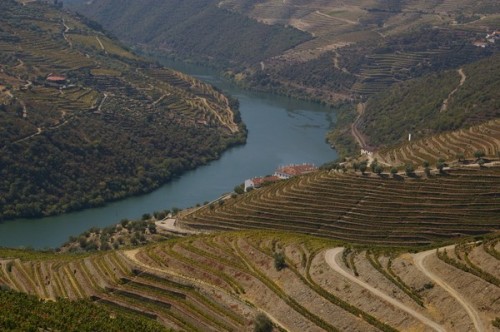
The Douro Valley in northern Portugal is the home of Port, a famous fortified wine style. The region is one of the most beautiful in the world, with steeply sloped banks rising on either side of the Douro river and its tributaries.
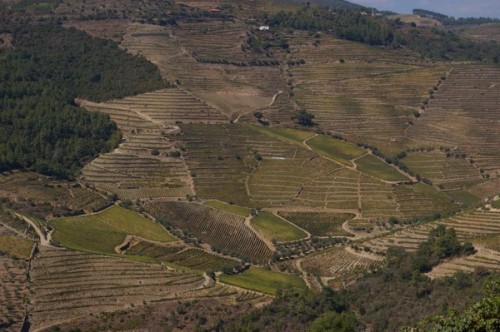
These steep slopes are often trellised so they can be worked safely, but where the slope isn’t too much they can be planted in rows up and down.
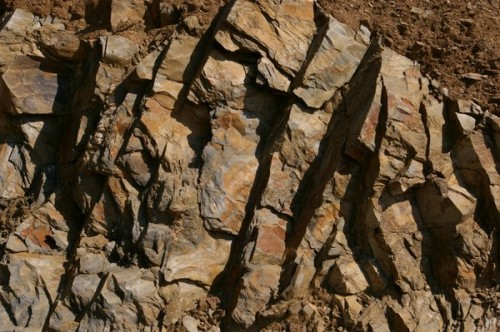
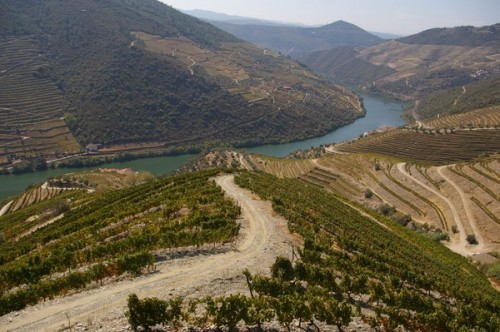
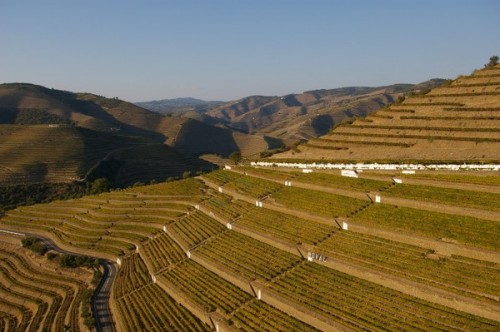
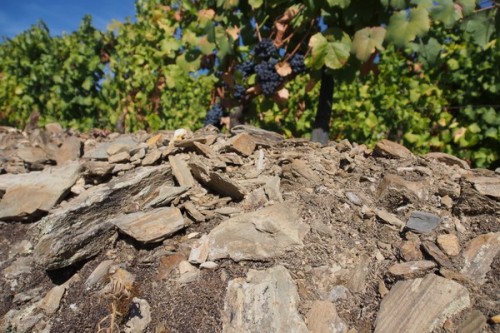
The climate here is one of cold winters and long, hot summers. The soils, if you can call them that, are almost all composed of schist, which fractures, allowing the roots to go deep in source of water stored up from the winter rains.
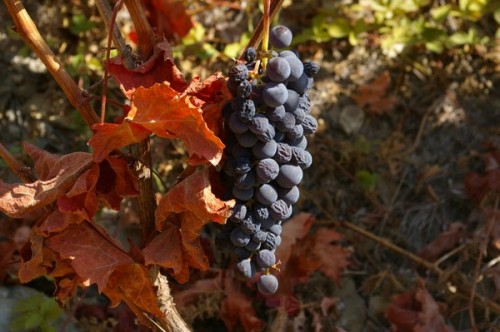
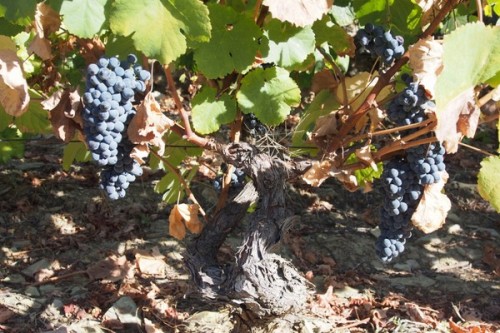
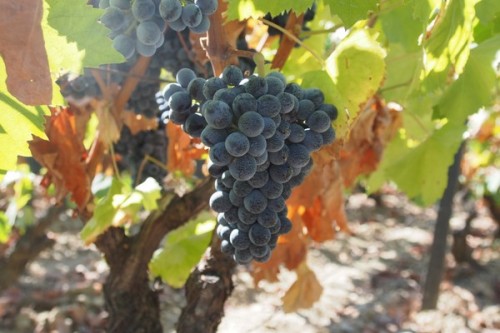
There are lots of different, uniquely Portuguese grape varieties grown here. Typically, an old vineyard will consist of dozens of varieties mixed together. Some of the old vineyards contain as many as 40 different varieties.
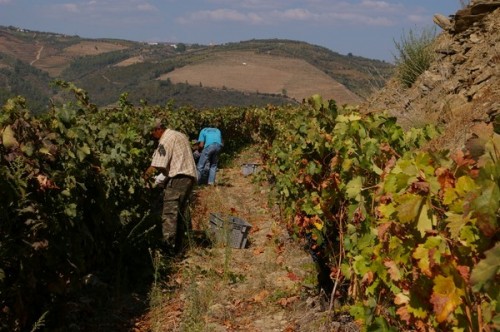
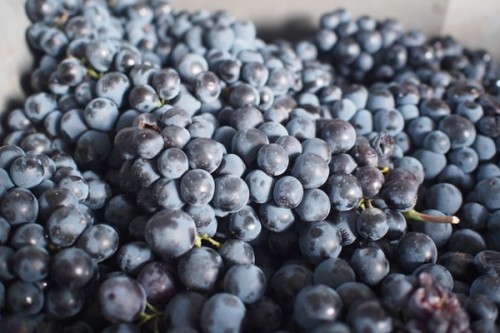
Harvest time is in September, and it’s usually still quite warm then. The grapes are picked by hand into small bins and then taken to the winery, where frequently they pass over a sorting table.
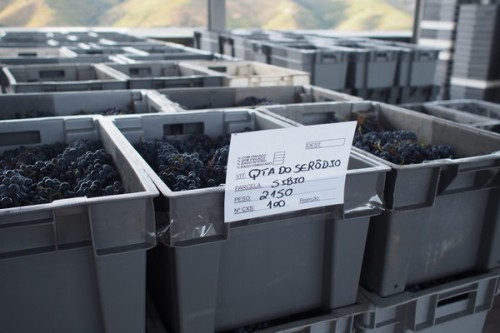

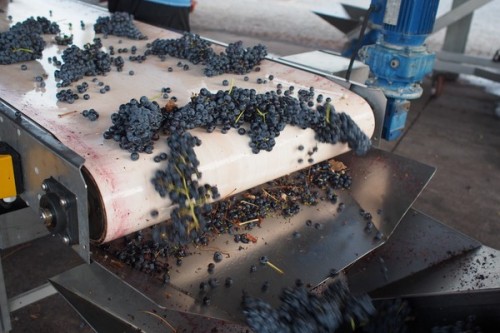
Any raisined bunches, or bunches showing rot, or materials other than grapes are discarded and the bunches are then pumped into a lagar.
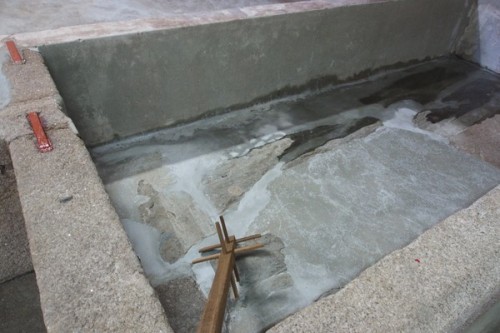
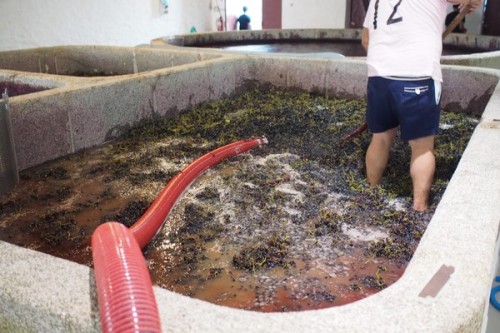
The lagar is the traditional vessel used for making Port. It’s a shallow, rectangular container made of granite, and it’s specially adapted for foot treading grapes, and with its large surface area to volume ratio, extracting as much as possible from the grape skins in as short as time as possible.
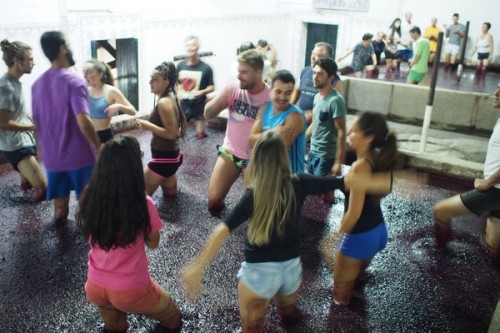
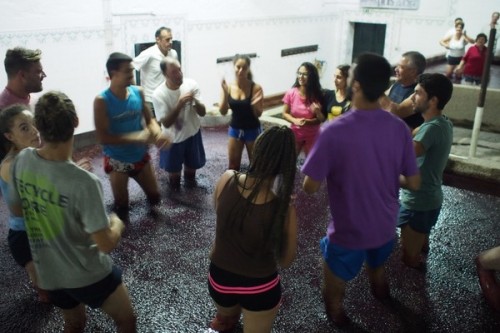
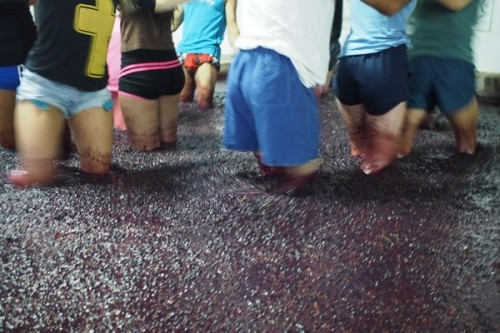
The lagar is filled during the day as the grapes are brought in, and then in the evening it’s time to tread the grapes. For the first two hours the treaders link arms and work methodically: this is called corte (the cut). Then the music starts and people dance and fool around, and the atmosphere is like a party.
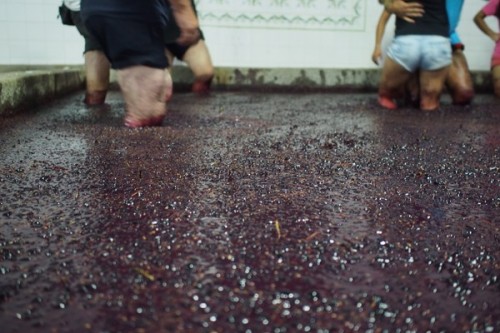
By the end, the lagar is full of a deeply coloured, seething mass of intensely purple grape juice. This begins to ferment. The reason that foot treading is important is that because the fermentation of Port wine is stopped early by the addition of grape spirit (aguardiente), there’s much less time to extract the colour and flavour from the skins than there is with red wine. The human foot does this intense extraction without crushing the pips, which would add a bitter taste to the wine.
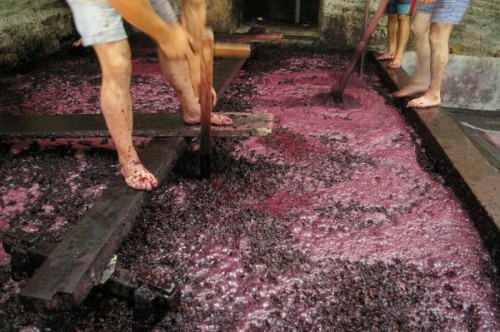
The next day, the cap is worked with wooden devices called macacas.
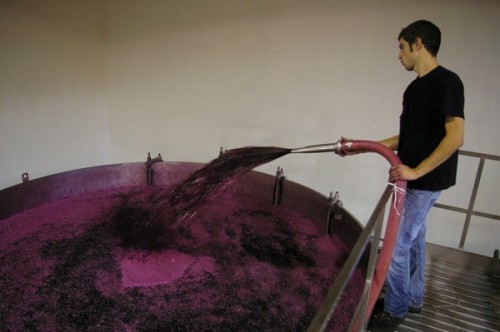
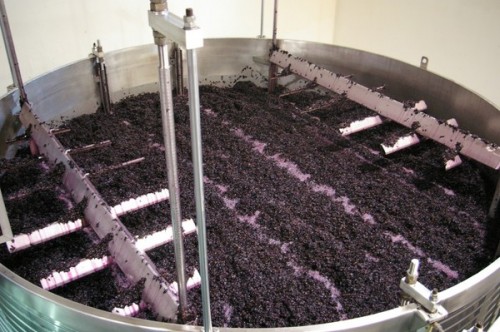
Foot treading is still used for many high quality Ports. Others are made more like standard red wines, with pumping over after crushing the berries. Then there are a range of mechanical devices used to work the cap, some designed to resemble robotic foot treading.
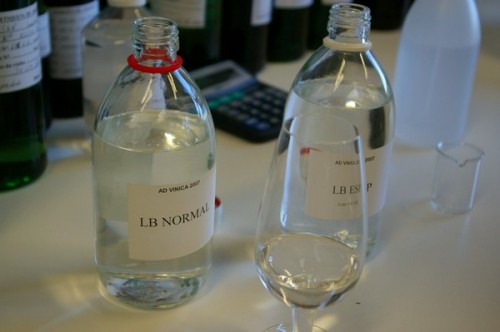
After the wine has fermented for a few days, it is time to fortify it. The wine is bled off from the lagar and spirit is added to bring the concentration to around 20% alcohol. Then the skins are shovelled out and pressed to remove the remaining wine, which is blended back with the Port.
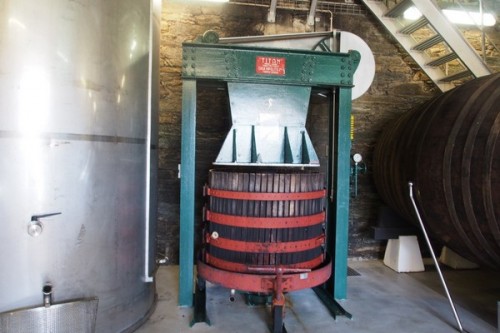
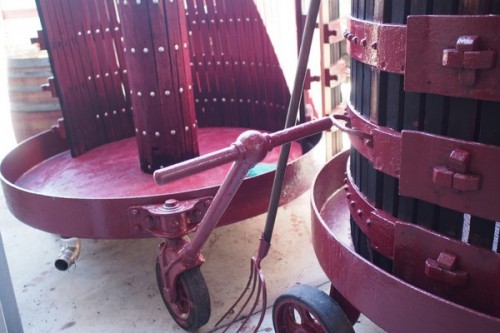
Then it’s time to decide the fate of the Port. There are two main styles: ruby and tawny. Ruby refers to wines that are aged just a short time in barrel and then bottled with lots of fruit and structure. This would include Vintage Port (2 years in wood), Late Bottled Vintage (4 years in wood, typically), or ruby reserve (less expensive products with variable time in wood). Tawny Ports are aged in wood for a long time, losing their red/purple colour and turning brown, with complex flavours of raisins, wood casks and spice. Most are non vintage with an indication of age (10, 20, 30 or even 40 year old), while vintage dated versions are called Colheitas. There are also less expensive non-dated tawnies.
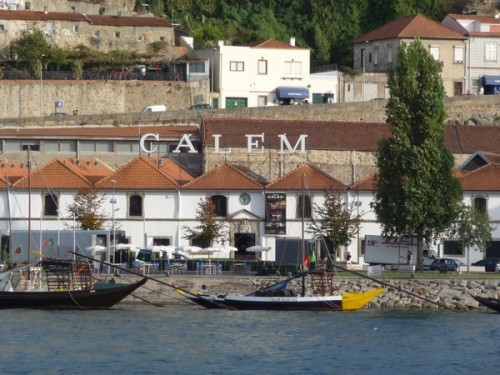
In the past, Port wines were shipped down river to Vila Nova de Gaia on boats called rabelos. Now they make the journey by road, if they end up there at all.
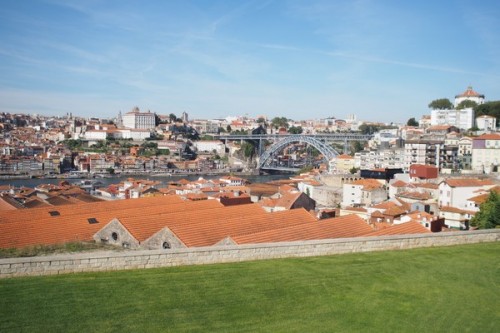
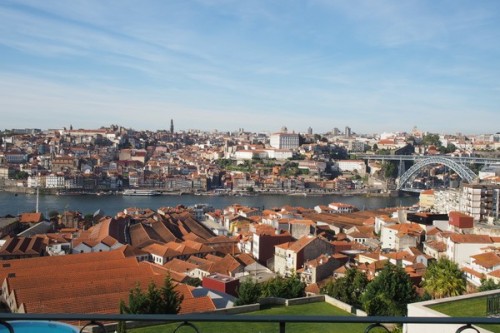
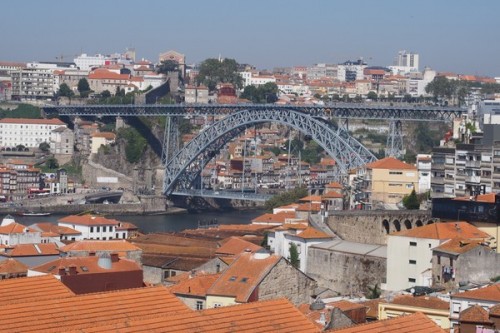
Most Port houses still have lodges in Vila Nova de Gaia, over the river from the centre of Porto. They are known for their distinctive red roofs. This is where the barrels mature and the blending takes place. But some companies have shifted their operations to purpose built warehouses in the Douro.
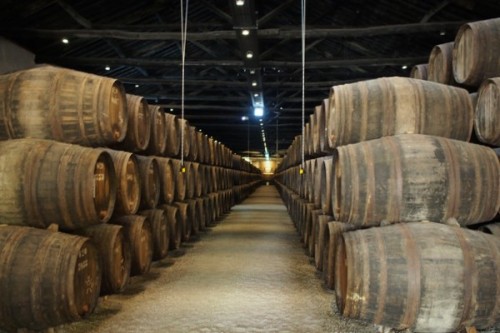
You can have quite a bit of fun visiting the Port lodges, many of which offer tours, and of course tastings.
See also: a short film from the 2016 vintage How Port Wine is Made
Leave a Comment on How Port wine is made, in pictures